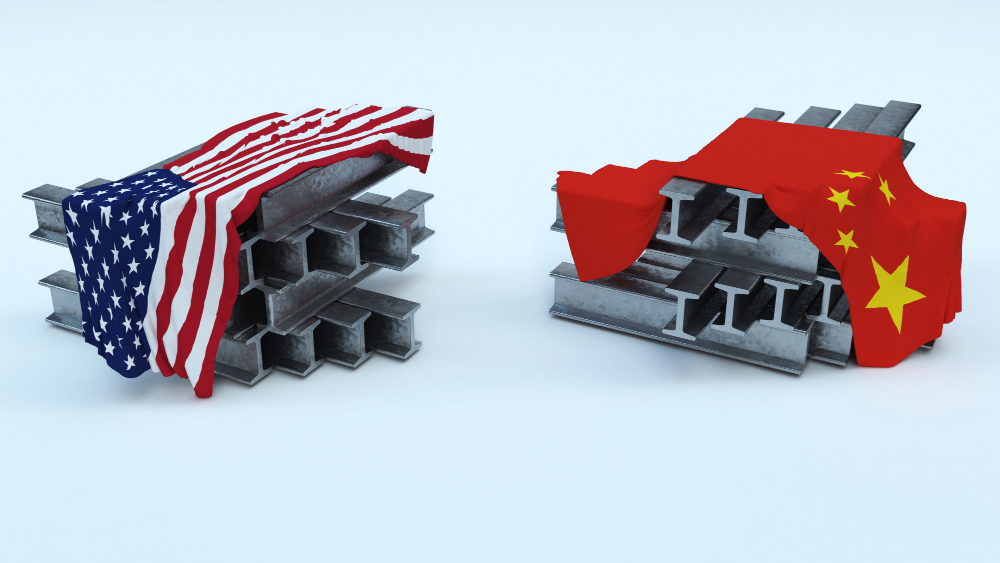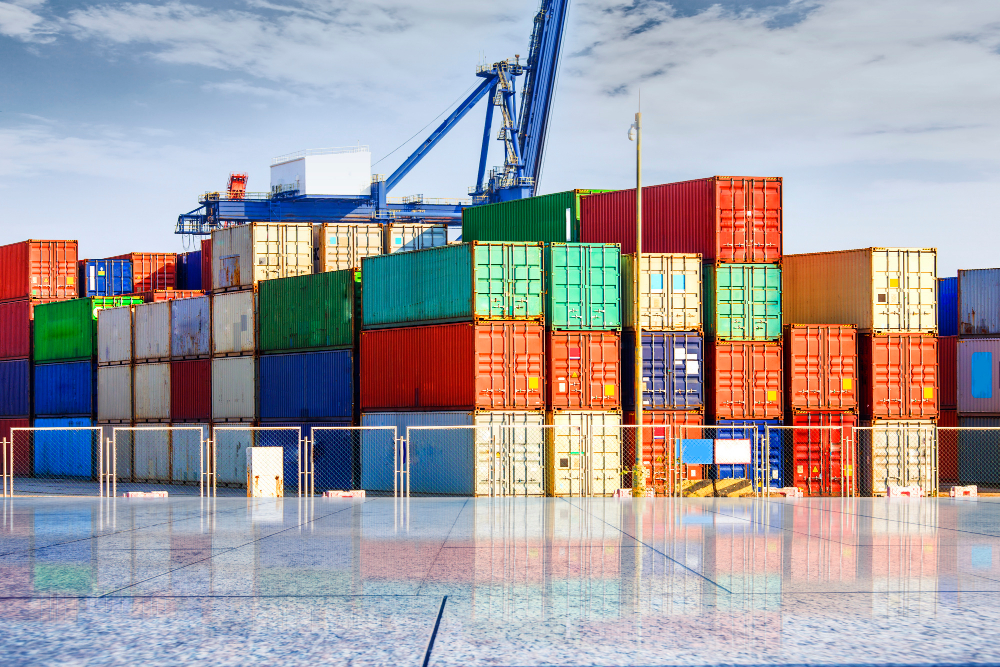For businesses that rely on Chinese suppliers, recent changes in international trade policies can have a significant impact on their operations. Tariffs, in particular, have been a major point of contention between the US and China in recent years. In this blog post, we will provide an overview of recent tariff changes, offer strategies for mitigating their impact, and analyze long-term implications and trends.
Overview of Recent Tariff Changes
Since 2018, the US and China have engaged in a trade war that has resulted in the imposition of tariffs on billions of dollars worth of goods. The US has imposed tariffs on a wide range of Chinese products, including steel, aluminum, and electronics. In response, China has imposed retaliatory tariffs on US goods such as soybeans, cars, and whiskey. These tariffs have resulted in increased costs for businesses that source products from China, as well as disruptions to global supply chains.

Strategies for Mitigating the Impact of Tariffs
So, how can businesses mitigate the impact of tariffs on sourcing from China? Here are some strategies to consider:
Diversify suppliers: Consider sourcing products from other countries or regions to reduce reliance on Chinese suppliers. This can help to mitigate the impact of potential tariffs or other disruptions.
Adjust pricing strategies: Consider adjusting pricing strategies to account for the added costs of tariffs. For example, businesses may need to increase prices or change product offerings to maintain profitability.
Monitor policy changes: Stay informed about changes in trade policies and regulations that may affect sourcing from China. Act quickly to adjust supply chain strategies or take advantage of new opportunities as they arise.
Build stronger relationships with suppliers: Work closely with Chinese suppliers to build stronger relationships and increase communication. This can help to minimize disruptions and foster long-term partnerships.
Long-Term Implications and Trends
The impact of tariffs on purchasing from China is likely to have long-term implications for businesses and global supply chains. For example, some businesses may choose to shift their supply chains away from China to other countries or regions. This could result in increased investment in domestic manufacturing or the development of new sourcing relationships with other countries. Additionally, the rise of automation and other technological advancements may play a role in changing the landscape of sourcing from China in the long term.

Conclusion
In conclusion, the impact of tariffs on sourcing from China can be significant, but there are strategies that businesses can adopt to mitigate their effects. By diversifying suppliers, adjusting pricing strategies, monitoring policy changes, and building stronger relationships with suppliers, businesses can navigate the challenges of sourcing from China in a rapidly changing trade environment. Remember to stay informed and adaptable, and to keep an eye on emerging trends and opportunities as they arise.
To learn more about how our sourcing agents can help your business navigate the challenges of sourcing from China in a rapidly changing trade environment, contact us today. Our team of experts is dedicated to providing customized solutions that meet your unique needs and help you stay competitive in today's global marketplace.